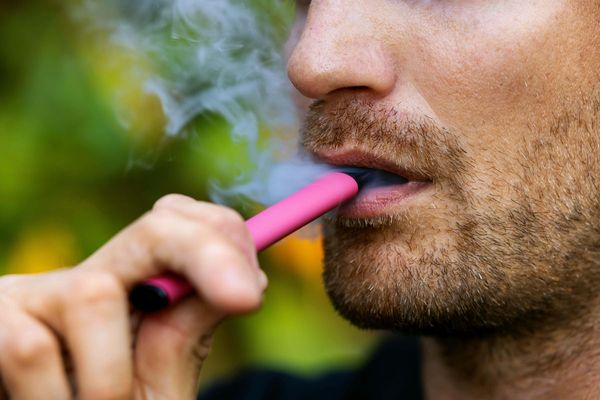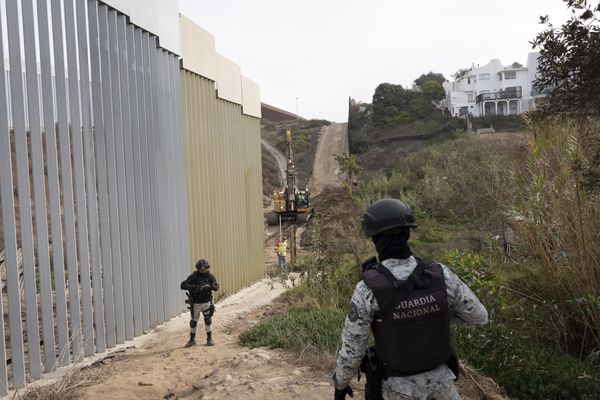I've had my 2022 Ford F-150 Lightning for over three months now and have been mostly charging it on 350 kW DC fast chargers to gather as much data on its charging characteristics as possible. That's usually not necessary when I do fast charging analysis on electric vehicles, but the Lightning fast charges differently than other EVs, so an in-depth analysis was needed.
In order to fully understand how the Lightning charges, I needed to plug in at a number of different state of charge starting points to correctly map out the F-150 Lightning's charging curve. This was necessary to do because most Lightning owners won't drive the vehicle down to zero before plugging in. With most other EVs there's a set programmed charging curve and regardless of when you plug in, the vehicle will basically follow that curve.

However, the Ford F-150 Lightning doesn't charge like most other EVs. Whenever you plug in, up to about 60% state of charge (I haven't determined the exact point yet), you get what I can a max power boost for about four to eight minutes during which time the vehicle accepts even more power than what Ford claims it can.
Ford states the Lightning with the extended range battery has a maximum charging rate of 155 kW. However, every time I've fast-charged my Lightning on a 350 kW DC fast charging station I've witnessed it accepting more than 155 kW for an extended period of time, and that includes nearly twenty charging sessions by now.

You can see on the charging curve graph how the Lightning will call for the maximum amperage it can accept no matter when it's plugged in and holds that for at least four minutes; sometimes for as long as eight minutes as seen in the 15% to 80% recording in the video.
Ford also offers a 15% to 80% charging time of 41 minutes for the Lightning with the extended range battery packs. In the video, I was able to complete a 15% to 80% charging session three minutes faster, in only 38 minutes.
However, I've also needed as much as 43 minutes to complete the same, so Ford's 41-minute estimate is probably a good average time of what most customers will experience when charging in moderate to warm temperatures.
I also calculated how many miles of range is added for every minute of charging. I used the EPA-range rating of 320 miles as well as the results of the Lightning's InsideEVs 70 mph range test and in all circumstances, the Lightning adds back somewhere between 4.0 and 4.92 miles of range per minute of charging to 80%. After 80% is another story.

That's because the Lightning dramatically slows its charging speed once the state of charge reaches 80% and only adds back between 1.59 and 1.88 miles per minute of charging from 80% to 90%. From 90% to 100% Lightning owners will experience a glacial charging speed of about .4 miles for every minute of charging.
These figures spell out pretty clearly why I always recommend unplugging from a DC fast charger once the vehicle is at 80% to 85% charged unless you really need the extra range because it just takes too much time to top off.
What this all means
It was actually a little disappointing when Ford announced that the Lightning's maximum charging rate would be capped at 155 kW. With such a large battery (131 kWh usable for the extended range pack), I believe many expected the Lightning's max charging rate to exceed 200 kW, much like what the Rivian R1T is capable of accepting.
However, I always say the maximum charging rate isn't nearly as important as the full charging curve, and the Lightning is a good example of that. It's still not a great charging EV, but the way Ford has implemented the max charging boost has helped the Lightning charge better than I expected, especially when you plug in at a higher state of charge.
Most EVs can only attain the max charging power when they are plugged in at a very low state of charge, under 20% or so. But the Lightning will accept its max power whenever you plug in (as long as it's not a very high state of charge), and hold a very good charging rate of about 115 kW all the way to 80% SOC. This unique charging profile doesn't completely offset the relatively low max charging rate, but it does help to bridge the gap.
So check out the video and let us know what you think in the comment section below.







